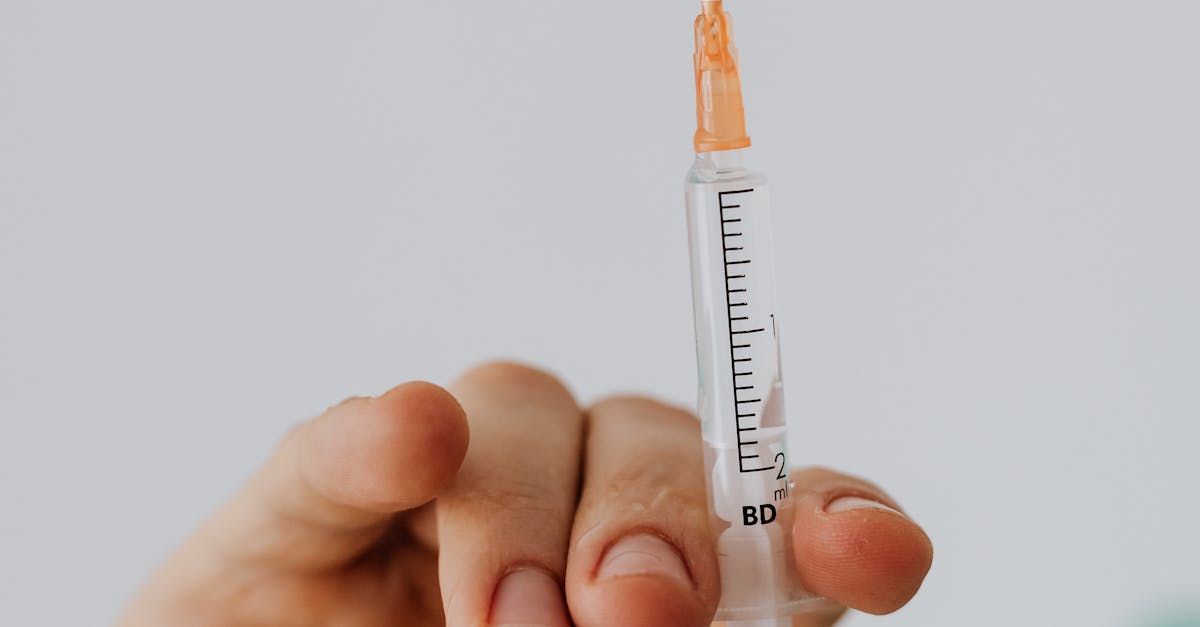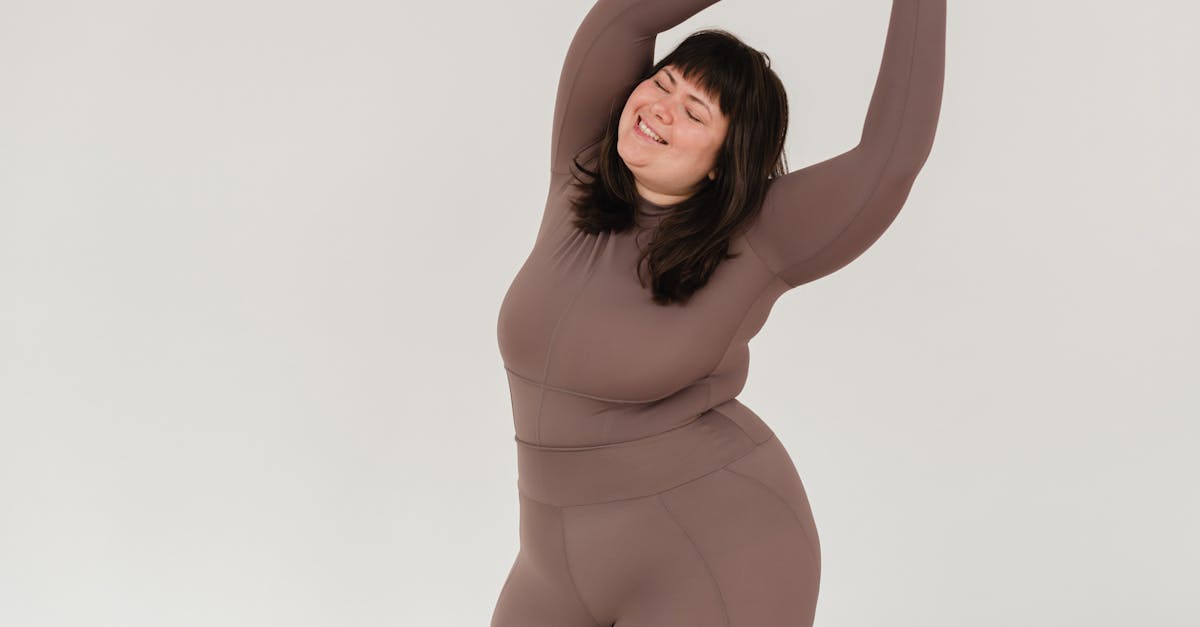Acute Hip Flexor Pain: Immediate Strategies for Relief
Immediate Relief and Long-Term Strategies for Managing Hip Flexor Pain

Acute hip flexor pain can be a debilitating condition that affects many people. It can be caused by a variety of factors, including overuse, injury, and certain medical conditions. The pain can be sharp, stabbing, or aching, and it can make it difficult to walk, run, or sit.
If you are experiencing acute hip flexor pain, there are a number of things you can do to relieve the pain and speed up the healing process. Rest, ice, compression, and elevation (RICE) can help to reduce inflammation and pain. Gentle stretching can also help to relieve pain and improve flexibility. In some cases, strengthening exercises may also be helpful.
Preventing hip flexor pain is also important. By maintaining good posture, stretching regularly, and strengthening your hip flexor muscles, you can help to reduce your risk of developing this condition.
1. Understanding Acute Hip Flexor Pain
Understanding Acute Hip Flexor Pain
Acute hip flexor pain is a common condition that can affect people of all ages. It is characterized by pain in the front of the hip and thigh that is worse with activity. The pain may be sharp, stabbing, or aching, and it can make it difficult to walk, run, or sit.
There are a number of factors that can contribute to acute hip flexor pain, including:
-
Overuse: Repetitive activities that involve flexing the hip, such as running, jumping, or cycling, can put strain on the hip flexor muscles and lead to pain.
-
Injury: A sudden injury to the hip flexor muscles, such as a fall or a direct blow to the hip, can also cause pain.
-
Certain medical conditions: Some medical conditions, such as arthritis and diabetes, can also increase the risk of developing hip flexor pain.
Risk factors for acute hip flexor pain include:
-
Age: People over the age of 40 are more likely to experience hip flexor pain.
-
Obesity: Excess weight can put strain on the hip flexor muscles and lead to pain.
-
Tightness in the hip flexor muscles: Tight hip flexor muscles can be more easily injured and may be more likely to cause pain.
-
Weakness in the hip flexor muscles: Weak hip flexor muscles may not be able to adequately support the hip joint, which can lead to pain.
If you are experiencing acute hip flexor pain, it is important to see a doctor to rule out any underlying medical conditions. Treatment for acute hip flexor pain typically involves rest, ice, compression, and elevation (RICE), as well as gentle stretching and strengthening exercises.
2. Immediate Relief Strategies

Immediate Relief Strategies
If you are experiencing acute hip flexor pain, there are a number of things you can do to relieve the pain and speed up the healing process. The following immediate relief strategies can be helpful:
-
Rest: Resting the injured hip will help to reduce inflammation and pain. Avoid activities that aggravate your pain, and try to keep your hip elevated as much as possible.
-
Ice: Applying ice to the injured hip can help to reduce inflammation and pain. Ice should be applied for 15-20 minutes at a time, several times a day.
-
Compression: Compressing the injured hip with an elastic bandage can help to reduce swelling and pain. The bandage should be snug, but not too tight.
-
Elevation: Elevating the injured hip above the level of your heart can help to reduce swelling and pain. You can prop your hip up on pillows or use a wedge pillow.
In addition to these immediate relief strategies, you may also find it helpful to take over-the-counter pain medication, such as ibuprofen or acetaminophen. However, it is important to follow the directions on the medication label and to not take more than the recommended dosage.
If your pain is severe or does not improve with home treatment, it is important to see a doctor. There may be an underlying medical condition that is causing your pain, and your doctor can recommend the best course of treatment.
3. Stretching for Hip Flexor Relief
Stretching for Hip Flexor Relief
Stretching the hip flexor muscles can help to relieve pain and improve flexibility. The following are some gentle yet effective stretches that you can try:
1. Standing quad stretch: * Stand with your feet hip-width apart. * Bend your right knee and grab your right foot with your right hand. * Pull your heel towards your buttocks until you feel a stretch in your right hip flexor. * Hold the stretch for 30 seconds. * Repeat with your left leg.
2. Kneeling hip flexor stretch: * Kneel on your right knee with your left foot flat on the floor in front of you. * Place your hands on your left thigh. * Lean forward and gently push your hips forward until you feel a stretch in your right hip flexor. * Hold the stretch for 30 seconds. * Repeat with your left leg.
3. Seated hip flexor stretch: * Sit on the floor with your legs extended straight out in front of you. * Bend your right knee and bring your right foot towards your groin. * Grab your right foot with your right hand and pull it towards your body until you feel a stretch in your right hip flexor. * Hold the stretch for 30 seconds. * Repeat with your left leg.
These are just a few of the many stretches that can help to relieve hip flexor pain. It is important to listen to your body and stop if you feel any pain. You should also hold each stretch for at least 30 seconds to get the full benefit.
4. Strengthening Exercises for Hip Flexors

Strengthening Exercises for Hip Flexors
Strengthening the hip flexor muscles can help to improve stability and reduce pain recurrence. The following are some isolated and compound exercises that you can try:
1. Hip flexor raises: * Lie on your back with your knees bent and your feet flat on the floor. * Lift your right leg up towards your chest, keeping your knee bent. * Slowly lower your leg back down to the starting position. * Repeat with your left leg. * Do 2-3 sets of 10-12 repetitions.
2. Knee drives: * Start in a plank position with your hands shoulder-width apart and your feet hip-width apart. * Drive your right knee up towards your chest, then slowly lower it back down to the starting position. * Repeat with your left leg. * Do 2-3 sets of 10-12 repetitions.
3. Squats: * Stand with your feet shoulder-width apart and your toes turned out slightly. * Slowly lower your body down towards the ground, as if you were sitting back into a chair. * Keep your chest up and your knees aligned with your toes. * Push back up to the starting position. * Do 2-3 sets of 10-12 repetitions.
These are just a few of the many exercises that can help to strengthen the hip flexor muscles. It is important to start slowly and gradually increase the difficulty of your exercises as you get stronger. You should also listen to your body and stop if you feel any pain.
5. Preventive Measures for Hip Flexor Pain
Preventive Measures for Hip Flexor Pain
Preventing hip flexor pain is important for people who are active and want to stay healthy. There are a number of things you can do to prevent hip flexor pain, including:
- Maintain good posture: Good posture helps to keep the hip flexor muscles in a neutral position and prevents them from becoming tight and overused.
- Stretch regularly: Stretching the hip flexor muscles can help to keep them flexible and prevent them from becoming tight and painful.
- Strengthen the hip flexor muscles: Strong hip flexor muscles are less likely to be injured and can help to protect the hip joint.
- Avoid overuse: Overuse can put strain on the hip flexor muscles and lead to pain. It is important to listen to your body and take breaks when you are exercising or doing other activities that involve repetitive hip flexion.
- Maintain a healthy weight: Excess weight can put strain on the hip flexor muscles and lead to pain.
- Wear supportive shoes: Supportive shoes can help to keep the feet and ankles in a neutral position and prevent the hip flexor muscles from becoming overused.
By following these preventive measures, you can help to reduce your risk of developing hip flexor pain.
Quiz
1. Which of the following is NOT a risk factor for acute hip flexor pain?
- (A) Age
- (B) Obesity
- (C) Smoking
- (D) Tightness in the hip flexor muscles
2. What is the first step in the RICE protocol for treating acute hip flexor pain?
- (A) Rest
- (B) Ice
- (C) Compression
- (D) Elevation
3. Which of the following exercises is NOT recommended for strengthening the hip flexor muscles?
- (A) Hip flexor raises
- (B) Knee drives
- (C) Squats
- (D) Hamstring curls
4. What is the most important thing to do to prevent hip flexor pain?
- (A) Avoid overuse
- (B) Stretch regularly
- (C) Strengthen the hip flexor muscles
- (D) All of the above
Answer Key
- C
- A
- D
- D
Answer Key
- C
- A
- D
- D
